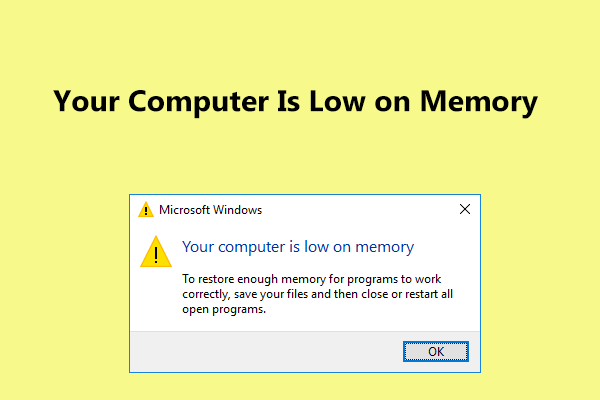

- #Application is.low.on memory note 4 how to
- #Application is.low.on memory note 4 android
- #Application is.low.on memory note 4 free
#Application is.low.on memory note 4 free
If the memory usage is above this fraction it will start killing processes to free up memory. RAY_memory_usage_threshold (float, defaults to 0.95) is the threshold when the node is beyond the memoryĬapacity. The memory monitor selects and kills one task at a time and waits for it to be killed before choosing another one, regardless of how frequent the memory monitor runs. Task killing is disabled when this value is 0. RAY_memory_monitor_refresh_ms (int, defaults to 250) is the interval to check memory usage and kill tasks or actors if needed. The memory monitor is controlled by the following environment variables: The memory monitor is enabled by default and can be disabled by setting the environment variable RAY_memory_monitor_refresh_ms to zero when Ray starts (e.g., RAY_memory_monitor_refresh_ms=0 ray start …).

If you encounter issues when running the memory monitor outside of a container or the container is using cgroup v2, please file an issue or post a question. It is available on Linux and is tested with Ray running inside a container that is using cgroup v1. If the combined usage exceeds a configurable threshold the raylet will kill a task or actor process to free up memory and prevent Ray from failing. It periodically checks the memory usage, which includes the worker heap, the object store, and the raylet as described in memory management. The memory monitor is a component that runs within the raylet process on each node.
#Application is.low.on memory note 4 how to
How to use the memory monitor to detect and resolve memory issuesĪlso view Debugging Out of Memory to learn how to troubleshoot out-of-memory issues. What is the memory monitor and how it works OOM may also stall metrics and if this happens on the head node, it may stall the dashboard or other control processes and cause the cluster to become unusable. When that happens, the operating system will start killing worker or raylet processes, disrupting the application. The thing is, thats not even the highest peak the app got, a few screens ago the app reached 1GB RAM usage total but no crash, they got freed succesfuly.If application tasks or actors consume a large amount of heap space, it can cause the node to run out of memory (OOM). Ntv N 1054: rutilsdaemon (pid 1639) native Ntv N 1096: emdlogger1 (pid 23077) native Ntv N 1208: mcDriverDaemon (pid 313) native Ntv N 1330: bspCriticalLog (pid 587) native

Ntv N 2009: atci_service (pid 532) native

Ntv N 2153: wpa_supplicant (pid 10540) native Ntv N 2478: lldb-server (pid 9303) native Ntv N 3000: volte_stack (pid 23007) native Ntv N 3754: mediadrmserver (pid 597) native Ntv N 3996: media.extractor (pid 598) native Ntv N 4312: mtkfusionrild (pid 23111) native Ntv N 7662: volte_imcb (pid 23013) native Ntv N 25226: audioserver (pid 592) native Ntv N 34746: surfaceflinger ( 18,944K memtrack) (pid 394) native Ntv N 50728: cameraserver ( 756K memtrack) (pid 593) native
#Application is.low.on memory note 4 android
However in the android studio profiler, it crashes even the memory of the app is bellow 1 GB used. My application crashes and based from logcat it says because of low memory killer,


 0 kommentar(er)
0 kommentar(er)
